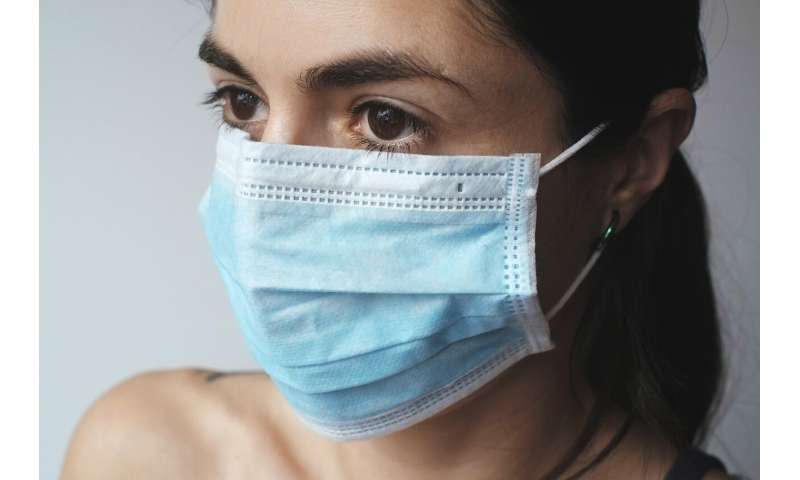Survey suggests aerosol is significant form of COVID-19 transmission


Early results from a survey of 2000 people in the UK and US has suggested that the COVID-19 transmitted through aerosol transmission is materially significant.
The survey analyzed by a team of data scientists in the UK, Norway and the US is one of the first to examine a wide range of personal and work-related predictors of transmission.
Taking both samples together, being tall more than doubled the probability of having a COVID 19 medical diagnosis or positive test for people over 6ft.
The data in both countries, argue the researchers, could suggest that aerosol transmission is very likely, with taller individuals at higher risk—something that would not be expected if transmission was exclusively through droplets.
And that, they say, is something that would not have been observed if downward droplet transmission was the only transmission mechanism.
Aerosols can accumulate in poorly ventilated areas and are carried by air currents. Droplets, however, are bigger than aerosols and are thought to travel relatively short distances and drop quickly from the air.
Though the paper is yet to be peer reviewed, the authors feel its implications on the debate over aerosol transmission should be made available to the wider community.
The survey also explores the impacts of personal characteristics, circumstances and working conditions.
Using a shared kitchen or accommodation—a proxy for deprivation—was also a significant factor, in both countries, but especially in the US where the odds are 3.5 times as high. In the UK they were 1.7 times higher.
And people with natural science degrees in the UK were slightly less likely to get the disease, compared with those in the US, even when controlling for car ownership and other socio-economic information.
That, they argue, may be an indication of more careful shielding and being able to socially distance in the UK.
Professor Evan Kontopantelis, from The University of Manchester, said: “The results of this survey in terms of associations between height and diagnosis suggest downward droplet transmission is not the only transmission mechanism and aerosol transmission is possible.
“This has been suggested by other studies but our method of confirmation is novel. Though social distancing is still important because transmission by droplets is still likely to occur, it does suggest that mask wearing may be just as if not more effective in prevention. But also, air purification in interior spaces should be further explored.”
Professor Paul Anand, a Research Director at The Open University said: “Much scientific research has focussed on patterns of spread and underlying mechanisms of transmission. But as economies and societies reopen, it is important to know more about the role personal factors as predictors of transmission. Though both are market economies, the US and UK differ in the extent and manner in they provide access to health care and welfare support—and that to some extent is demonstrated by the associations shown by the data.”
Source: Read Full Article